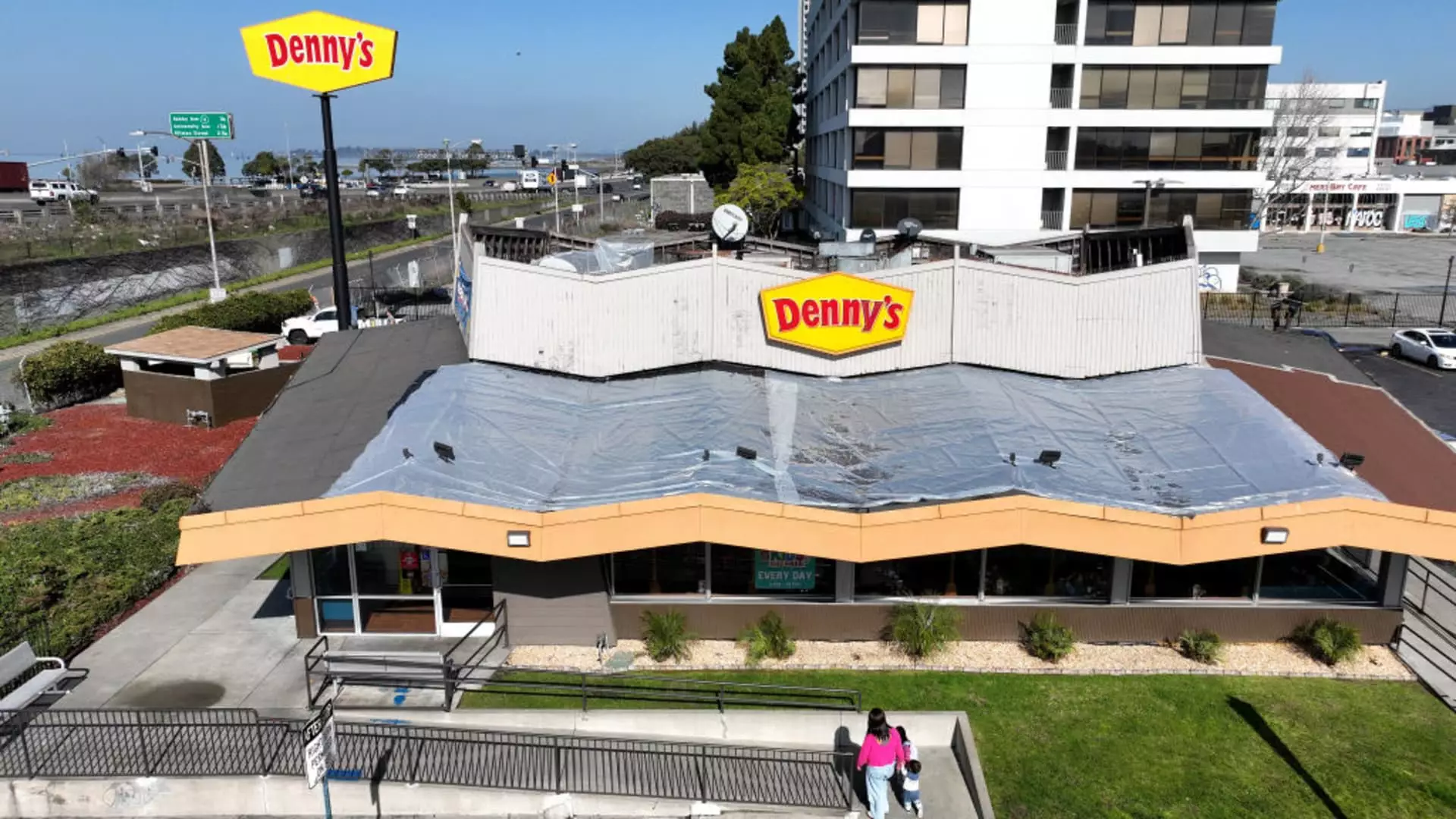The restaurant industry faced unprecedented challenges in 2024, with many chains shuttering underperforming locations as they attempted to recalibrate and seek a path toward recovery. Economic pressures have altered consumer spending habits, creating a landscape where eating out has become an exercise in frugality for many households. According to the data from Black Box Intelligence, the first ten months of the year revealed a stark decline in dining visits across the United States, suggesting a broader trend of budget-conscious decision-making among consumers. As inflation squeezed wallets, dining out was frequently regarded as a luxury rather than a staple.
This downturn contributed to a cascade of financial difficulties within the sector, with a significant spike in bankruptcies over the past year. In a striking comparison, 2024 saw 26 restaurant companies file for Chapter 11 bankruptcy, a figure nearly three times the amount recorded during the pandemic’s peak in 2020. This grim statistic underscores a growing existential threat to chains that were once household names, particularly in the casual dining segment, which has faced persistent headwinds since the Great Recession.
Underlying these financial troubles is a seismic shift in consumer preferences. The pandemic accelerated the rise of fast-casual dining—a segment characterized by convenience, speed, and perceived quality. Chains like Chipotle and Sweetgreen have successfully attracted diners who now often prioritize quick service and healthier options over the traditional casual dining experience. This evolution in consumer behavior has rendered many of the casual dining establishments, once considered pillars of the dining experience, obsolete or ill-equipped to compete in an evolving marketplace.
Chains like Wendy’s recognized the pressing need to adapt. In late October, the fast-food giant announced plans to close 140 underperforming locations—building upon an earlier closure of 80 locations earlier in the year. The company aimed to streamline operations by closing stores that generated an annual revenue of just $1 million. Wendy’s CEO Kirk Tanner believes that despite the fallout, the chain will end 2024 with the same number of locations due to new openings, a cautious but strategic pivot amidst adversity.
Footprints Shrinking Across the Board
The situation at Dine Brands, which operates Applebee’s and IHOP, paints a similarly sobering picture. The company announced plans to close 25 to 35 Applebee’s locations due to a six-quarter decline in same-store sales. The trend is concerning, particularly since Dine Brands has struggled with net closures since 2016, making 2024 another challenging chapter for them. By late September, Applebee’s indicated that its global unit count had shrunk by 36 locations from the year before.
Denny’s, known for its 24-hour service, isn’t immune to this trend either. The chain closed roughly 50 locations in 2024 and intends to shutter an additional 100 by 2025. Company executives have suggested that these closures are strategic, targeting the lower-performing establishments with annual unit volumes of $1.9 million to $2 million. Post-closure, Denny’s anticipates that their remaining locations will experience improved sales figures as a result of this pruning strategy.
Bankruptcy Filings and the Struggle for Relevance
The specter of bankruptcy has cast a shadow on many chains, with TGI Fridays and Red Lobster both seeking Chapter 11 protection in the already arduous year. TGI Fridays had to close 86 restaurants prior to filing for bankruptcy, a move that significantly reduced its locations to approximately 160 worldwide—a figure that could dwindle even further depending on court proceedings in Texas. The seafood franchise Red Lobster likewise faced dire prospects, having permanently closed over 120 locations and rejected leases for additional restaurants during its reorganization process.
Moreover, fast-casual chains aren’t exempt from the struggles either; Noodles & Co. announced closures of approximately 20 locations as it seeks to enhance its operational and financial standing. Striving for a brighter future, the company is also revamping its menu offerings to retain relevance.
The wave of closures and strategic pivots seen throughout 2024 would suggest that the restaurant industry is at a crossroads. As chains reassess their operations and adapt to a landscape dominated by health-conscious, fast-casual alternatives, the question remains: can traditional dining regain its footing? In this era of inflation and changing consumer preferences, the survival of many restaurants hangs in the balance.
As we move forward, it will be fascinating to see how many of these chains can transform their business models successfully to flourish in a more competitive and value-oriented marketplace. For many, the adaptations made in 2024 will serve as critical lessons in resilience, innovation, and the continuous evolution demanded in the world of dining.

